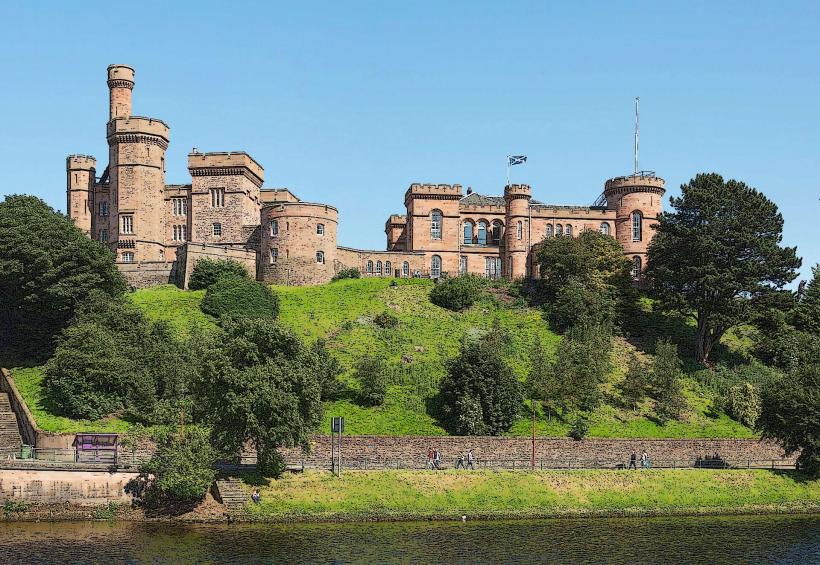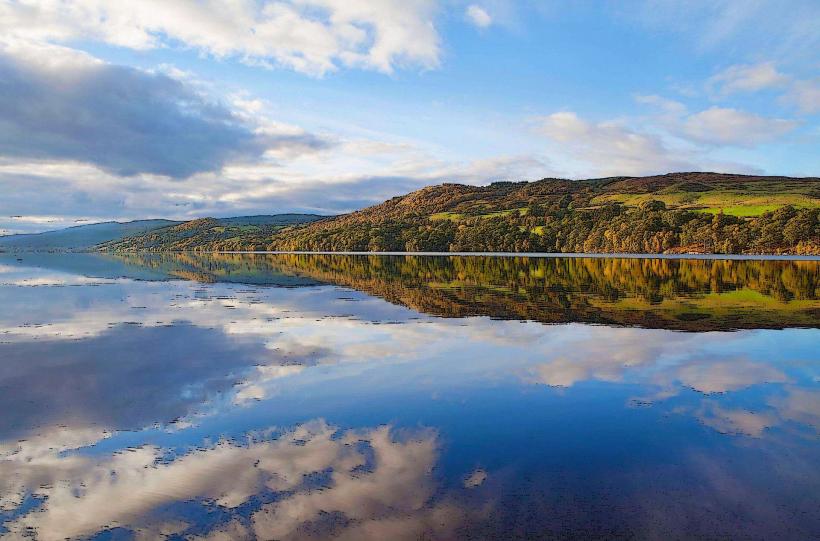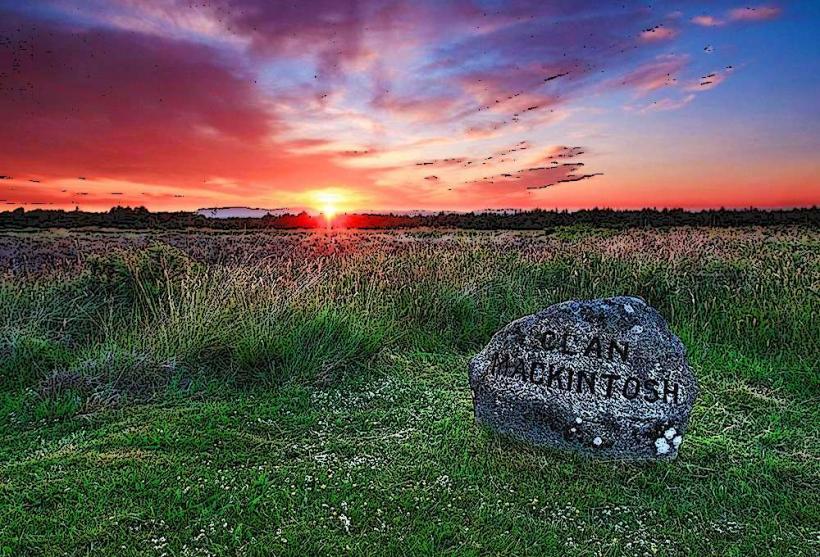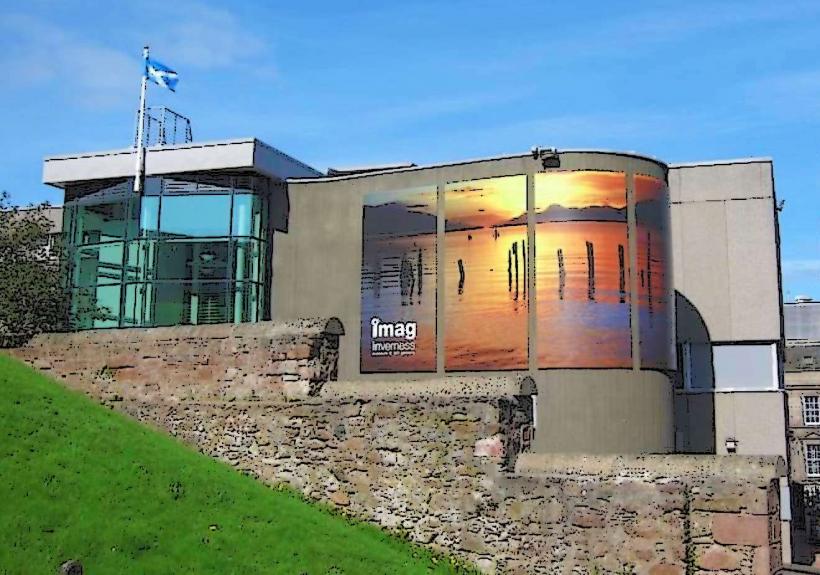Information
Landmark: Saint Andrews CathedralCity: Inverness
Country: United Kingdom
Continent: Europe
St. Andrew’s Cathedral in Inverness is an iconic Church of Scotland cathedral located along the River Ness in the heart of the city. Known for its distinctive Gothic Revival architecture, St. Andrew's Cathedral serves as a spiritual hub and a key architectural landmark in Inverness. It is a place of worship, reflection, and historical significance, offering both locals and visitors a peaceful space to explore its beauty and heritage.
History and Origins
Construction: St. Andrew's Cathedral was built between 1866 and 1874, largely through the efforts of the Episcopal Church in Scotland. It was designed by the architect William Hay, with a Gothic Revival style that was popular in the mid-19th century. The cathedral was constructed in response to the growth of the city and the need for a larger place of worship in Inverness.
Location: Situated on the banks of the River Ness, the cathedral's location provides stunning views of the water and nearby landmarks, including Inverness Castle. The cathedral is an integral part of the city’s skyline, with its twin spires being visible from various points in the city.
Dedication: St. Andrew’s Cathedral is dedicated to St. Andrew, the patron saint of Scotland. The choice of St. Andrew reflects the cathedral’s connection to Scotland’s Christian heritage, and the church is part of the Scottish Episcopal Church, which is aligned with the Anglican tradition.
Architectural Features
Design and Structure: The cathedral was built in the Gothic Revival style, which was characterized by pointed arches, ribbed vaults, and flying buttresses. The design reflects a traditional medieval cathedral structure, despite being built in the 19th century.
Stonework: The building is constructed from local sandstone, giving it a warm, golden hue that blends harmoniously with the natural landscape of the Highlands. The stonework is intricate and features elaborate carvings, particularly around the cathedral’s main entrance and windows.
Towers and Spires: The cathedral’s most striking feature is its twin spires, which rise dramatically over the city. The spires are a defining part of the Inverness skyline and are particularly visible from across the River Ness and the surrounding areas.
Interior: The interior of St. Andrew’s Cathedral is equally impressive, with high vaulted ceilings, stained glass windows, and wooden pews that evoke a sense of tranquility and reverence. The interior’s design includes:
- Stained Glass: The cathedral features beautiful stained glass windows, many of which depict scenes from the life of Christ, biblical events, and saints. These windows are some of the finest examples of 19th-century stained glass in Scotland.
- Pulpit and Altar: The pulpit and altar are carved from wood, and the altar is particularly striking, featuring a high altar with intricate carvings. The chancel area is spacious, adding to the cathedral's sense of grandeur.
- Organ: The cathedral is home to a magnificent pipe organ, which is frequently used for services and concerts. The organ adds to the cathedral’s acoustics and has been a feature of the church since its early days.
Religious Significance
Place of Worship: St. Andrew’s Cathedral continues to serve as an active place of worship for the local congregation. It hosts regular services, including Holy Communion, morning prayers, and special services throughout the liturgical calendar.
Christianity in Inverness: As the seat of the Episcopal Diocese of Moray, Ross, and Caithness, St. Andrew's Cathedral plays an important role in the religious life of Inverness and the surrounding Highlands. The cathedral is an essential part of the spiritual and cultural fabric of the area.
Events and Services: In addition to regular worship services, the cathedral hosts a variety of community events, including weddings, baptisms, and funerals. Special services are held for Christmas, Easter, and other Christian festivals, as well as for local celebrations and occasions.
Cultural and Tourist Significance
Tourism: St. Andrew’s Cathedral is a popular tourist destination in Inverness. Its architectural beauty, peaceful atmosphere, and location by the river make it a favorite stop for visitors. The cathedral’s serene surroundings offer a chance for reflection and a deeper understanding of the history and heritage of Inverness.
Historical Importance: Although relatively young compared to other historic churches in Scotland, St. Andrew’s Cathedral is an important landmark in Inverness’ history. It represents the growth of the city during the Victorian period and the continuing importance of faith in the region.
Music and Concerts: The cathedral also plays a significant role in the cultural life of Inverness. It is known for hosting regular concerts and recitals, particularly classical music performances. The organ concerts are a highlight, drawing visitors from around the world who come to hear the stunning acoustics and music performed in such a beautiful setting.
Visiting St. Andrew’s Cathedral
Opening Hours: St. Andrew’s Cathedral is generally open to visitors during the daytime, but it is always a good idea to check ahead for any special services or events that might affect visiting hours.
Admission: There is typically no admission fee to enter the cathedral, though donations are welcomed to support its upkeep and services.
Guided Tours: For those interested in learning more about the cathedral’s history, architecture, and religious significance, guided tours are often available. These tours provide a deeper insight into the church’s background and offer an opportunity to see the stunning stained glass windows, organ, and crypt.
Location: The cathedral is located in the city center, near the River Ness and Inverness Castle. It is within walking distance of other key attractions, making it easy to incorporate into a tour of Inverness.
Conclusion
St. Andrew’s Cathedral is a remarkable place of spiritual reflection, architectural beauty, and historical significance in the heart of Inverness. Whether you are visiting for religious reasons, to admire its stunning architecture, or to experience the local culture, the cathedral offers a peaceful and inspiring experience. With its Gothic design, impressive stained glass, and riverfront location, St. Andrew’s Cathedral stands as one of Inverness' most treasured landmarks and an essential stop for anyone exploring the Scottish Highlands.





